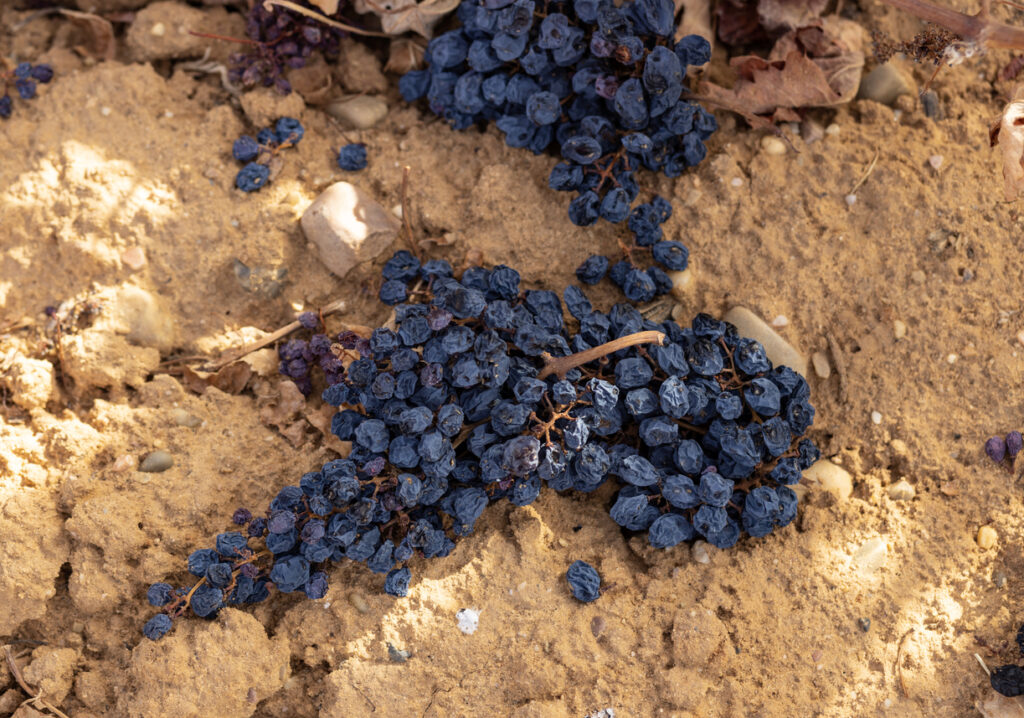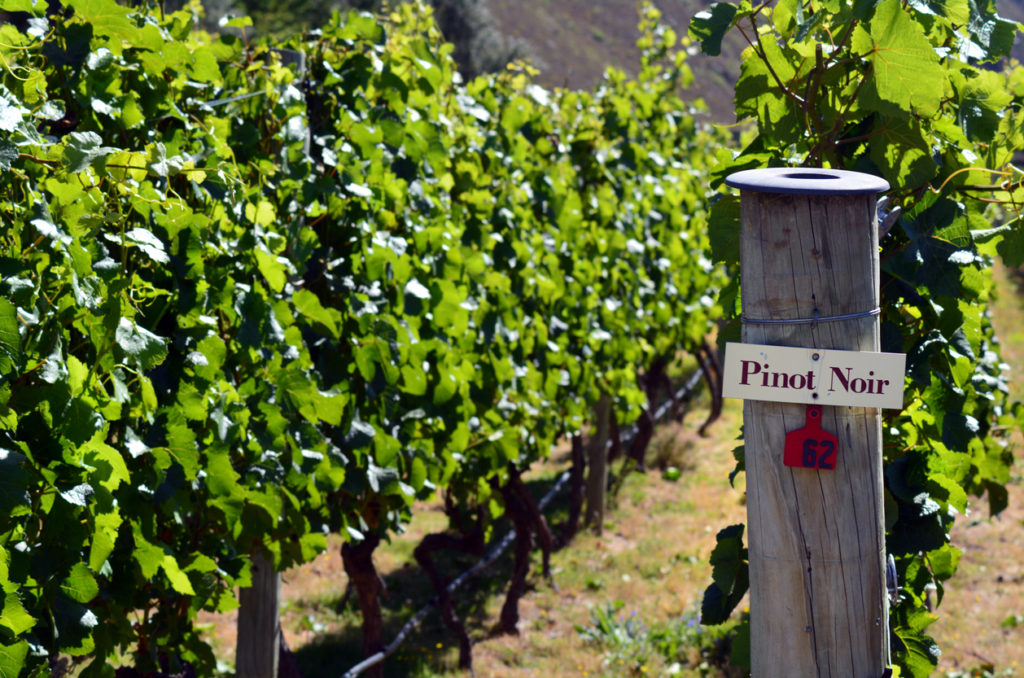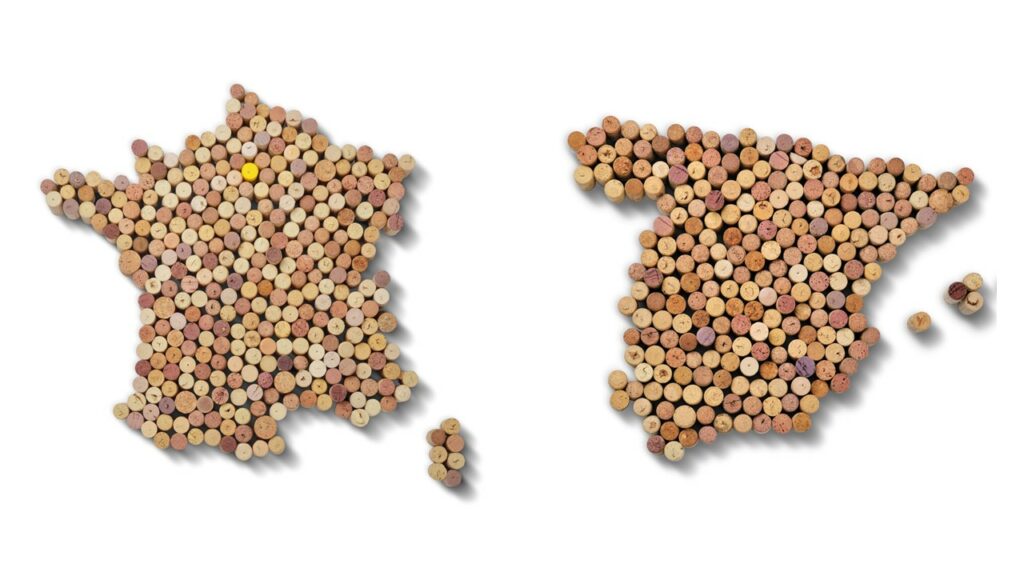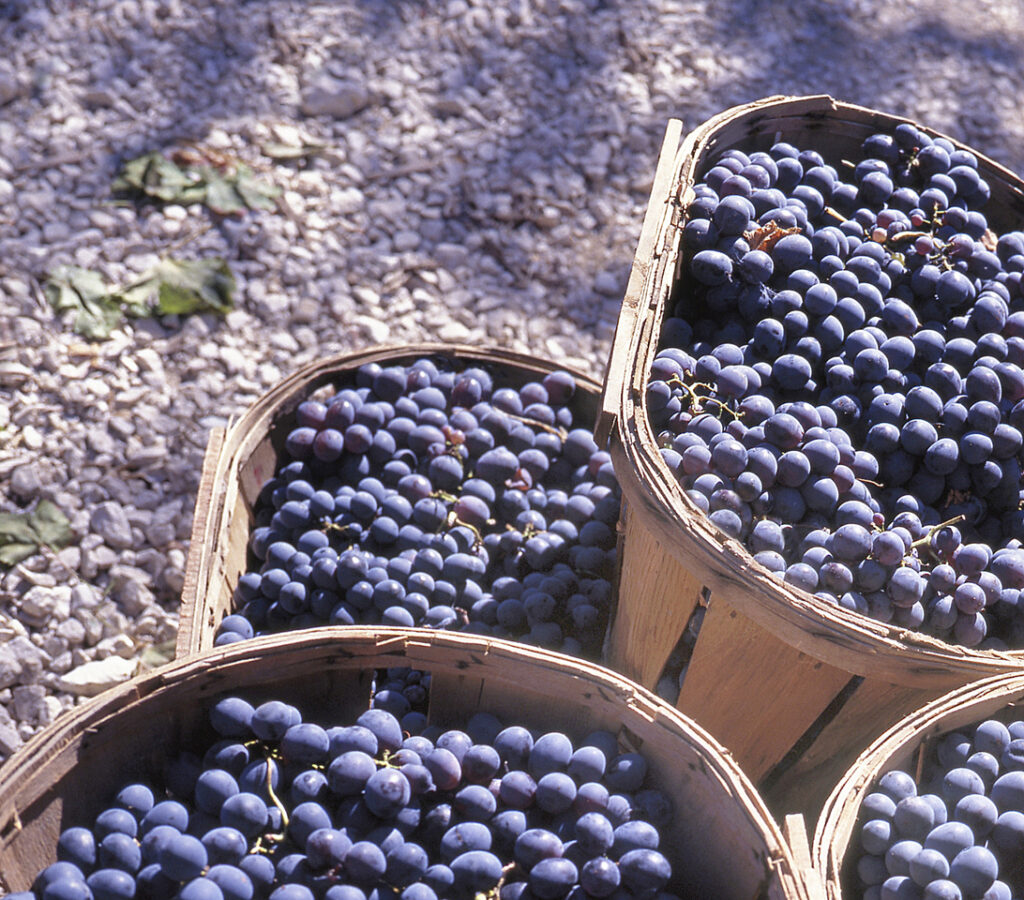When it comes to wine, the choices are seemingly endless. From bold reds to crisp whites, each varietal offers its own unique characteristics and flavors. Among the vast array of options, two standout grapes have garnered a loyal following: Tempranillo vs Pinot Noir. While both are red wines that hail from renowned wine regions, they couldn’t be more different in terms of taste profiles quality wines, and regional influences.
We will delve into the distinct qualities of Tempranillo and Pinot Noir, unraveling their origins, exploring their flavor profiles, and ultimately helping you decide which one reigns supreme in your glass. So grab your corkscrew and prepare for a journey through the remarkable world of these two extraordinary wines.
Key takeaways
- Tempranillo is a red grape mostly grown in the Rioja region
- Pinot noir originates from Burgundy in France. It is grown all over the world
- Tempranillo yields fruity and tannic wines
- Pinot noir yields fruity multi layered wines
- Tempranillo is often described to combine the fruity aspect of pinot noir and the tannic structure of cabernet sauvignon

Understanding Tempranillo
Tempranillo, also known as Tinta de Toro in its native Spain, is a red grape variety with a rich history and widespread popularity. This grape is predominantly grown in the Rioja and Ribera del Duero regions of Spain but has started to gain recognition in other parts of the world as well.
Tempranillo grapes are known for their thick skins, which contribute to their deep color and tannic structure. It is a characteristic it shares with cabernet sauvignon which generates wines for long storage.

One of the most intriguing aspects of Tempranillo is its ability to express diverse flavor profiles depending on where it is grown. In cooler climates, such as in the Rioja region, this grape tends to showcase flavors of red berries, herbs, and earthy undertones.
However, when grown in warmer regions like Ribera del Duero or Toro, Tempranillo can display darker fruit characteristics that tastes like black cherry, red fruits or plum along with notes of spice and tobacco.
Tempranillo is often considered as a combination of the positive aspects of pinot noir and cabernet sauvignon.

Considered by many as Spain’s signature red wine grape variety, Tempranillo can be found everywhere from traditional-aged wines that exude elegance after years of aging in oak barrels to vibrant joven (young) styles meant for immediate enjoyment. Its versatility makes it an ideal choice for everything from light-bodied Rosados (rosé wines) to full-bodied Reservas and Gran Reservas capable of long-term cellaring.
Understanding Pinot Noir
Pinot Noir is often described as the diva of red wines. Its finicky nature demands specific growing conditions, making it one of the most challenging and sought-after grape varieties in the world. With its thin skin and delicate flavor profile, Pinot Noir is known for producing elegant and nuanced wines that reflect their terroir like no other.

One distinctive aspect of Pinot Noir is its ability to capture a sense of place. Each vineyard imparts unique characteristics to the wine, resulting in a remarkable diversity from region to region. Cool climate regions such as Burgundy, Oregon’s Willamette Valley, and Central Otago in New Zealand produce lighter-bodied Pinots with vibrant acidity and flavors of cherry, raspberry, and earthy undertones. On the other hand, warmer climates like California’s Sonoma Coast or Tasmania can yield richer styles with bolder fruit forward notes like blackberry and plum.

Despite its demanding cultivation requirements, Pinot Noir rewards both winemakers and enthusiasts with extraordinary expressions of terroir. From its ethereal aromas to plush texture to its mesmerizing taste journey on the palate, this varietal continues to captivate wine lovers around the globe. Whether you seek elegance or power or simply enjoy exploring unique regional variations through your glass – there’s always something new to discover within every bottle of Pinot Noir.
Similarities of Tempranillo and Pinot Noir
Pinot Noir and Tempranillo are two red wine grape varieties that have gained immense popularity among wine enthusiasts. While they come from different regions and have distinctive profiles, there are surprising similarities between the two that often go unnoticed.

Grape varietals
One notable similarity is the delicate nature of both grapes. Both Pinot Noir and Tempranillo require careful cultivation due to their thin skins and susceptibility to disease. This sensitivity translates into wines with elegant flavors and intricate aromas. Whether it’s the red fruit character of Pinot Noir or the enticing black cherry notes of Tempranillo, both varietals showcase a finesse that sets them apart from bolder reds like Cabernet Sauvignon.

Terroir
Another common thread is their ability to express terroir – the unique characteristics of a specific style of vineyard or region in which they are grown. Pinot Noir can reflect nuances in soil type, elevation, and climate like no other grape variety. Similarly, Tempranillo takes on distinct qualities based on its origins, with Rioja showcasing more rustic flavors compared to the roundness found in Ribera del Duero.
Differences of Pinot Noir and Tempranillo
Pinot Noir and Tempranillo are two popular red wine grape varieties that have distinct characteristics.
Light Bodied vs Full Bodied Wine
Pinot Noir is known for its delicate, light-bodied profile with flavors of cherry, raspberry white peach, and earthy notes. It is often described as elegant and graceful, with a silky texture that caresses the palate. On the other hand, Tempranillo offers a richer, fuller-bodied experience with flavors of dark fruits like plum and blackberry, as well as hints of tobacco and leather. It has a more pronounced tannin structure that lends itself to aging.

Terroir
One key difference between these two varietals is their terroir preference. Pinot Noir thrives in cooler climates, such as the Burgundy region in France or parts of the United States including Oregon’s Willamette Valley. Its thin skin makes it vulnerable to heat stress and requires careful attention during cultivation.

In contrast, Tempranillo prefers warmer climates like Spain’s Rioja or Ribera del Duero regions where it can fully ripen without losing its acidity. This difference in terroir also contributes to variations in flavor and aroma profiles. Pinot Noir reflects more subtle nuances while Tempranillo tends to offer bolder fruit-forward expressions.
Wine making techniques
One key distinction lies in how the grapes are treated during fermentation. For Pinot Noir, winemakers prefer a gentler approach by using open-top fermenters. It allows the grape skins to interact with the juice gently. This method enhances the elegance of the wine. As a result subtle flavors such as red cherry, raspberry, and forest floor undertones form.

On the other hand, Tempranillo requires a more assertive technique called pomace immersion or extended maceration. This process involves leaving the grape skins in contact with the juice for an extended period after fermentation completion. As a result, Tempranillo exhibits deeper hues and bolder flavors like plum, blackberry, chocolate and leather notes that make it an exceptional choice for those seeking richer drinking experiences.
Sweetness of Pinot Noir vs Tempranillo
Another aspect worth considering is sweetness. When evaluating Pinot Noir against Tempranillo’s sugar levels, discernible differences emerge. Generally speaking, Pinot Noir tends to exhibit lower sugar content compared to its Spanish counterpart. Consequently, this characteristic makes it ideal for consumers who prefer drier red wines that emphasize acidity over sweetness. Conversely, aged Tempranillo typically has higher residual sugar levels due to longer exposure to ripe fruit flavors during maturation stages.

How to serve Pinot Noir and Tempranillo
When it comes to serving Pinot Noir, it’s essential to understand its delicate nature and unique flavor profile. This grape variety is notoriously challenging to grow due to its thin skin. This makes it susceptible to disease and weather fluctuations. However, these difficulties are what make Pinot Noir wines so intriguing. To bring out the best in this red wine, serve it slightly chilled at around 55°F (13°C). This temperature preserves its elegant aromas and silky texture. Additionally, using large-bowled glasses allows the wine to breathe and fully express its nuances.

On the other hand, Tempranillo has been gaining popularity for its versatility and rich flavors. It is known as one of Spain’s most celebrated grape varieties. This red wine can range from earthy and bold when young to smooth and complex with oak aging throughout. When serving a vibrant young Tempranillo, consider cooling it down slightly around 60-65°F (15-18°C) to enhance its freshness and fruitiness. As for more mature bottles that have spent time in oak barrels, let them breathe for a while before pouring. A decanter or simply leaving the bottle uncorked for an hour will do wonders. This allows their evolved characteristics of vanilla, tobacco, leather notes harmonize beautifully.
Food Pairing of Pinot Noir and Tempranillo
When it comes to pairing food with Pinot Noir and Tempranillo wines, there are a few standout options that truly bring out the best in these two red wines. For Pinot Noir, one excellent pairing is roasted salmon. The delicate flavors of the wine perfectly complement the richness of the fish, bringing out its subtle nuances. Alternatively, for Tempranillo, opt for a hearty dish like grilled lamb chops. The robust flavors of the meat enhance the boldness of this Spanish wine, creating an irresistible combination.

Another great option for Pinot Noir is mushroom risotto. The earthy and umami flavors of mushrooms harmonize beautifully with the wine’s silky texture and bright acidity. This pairing creates a balance that allows each element to shine without overpowering one another. Similarly, try serving grilled steak with Tempranillo for an outstanding culinary experience. The smoky charred exterior of the meat complements the intense fruitiness and spiciness of this full-bodied wine. This results in a match made in heaven.

Whether you choose Pinot Noir or Tempranillo as your go-to red wine, there are numerous appetizing food pairings to explore. From roasted salmon to mushroom risotto with Pinot Noir and grilled lamb chops to grilled steak with Tempranillo. Each combination offers a unique sensory experience that will leave you wanting more. So gather your favorite ingredients and get ready to embark on an exciting culinary journey with these delicious wines!
Conclusion
In conclusion, both Pinot Noir and Tempranillo have their unique characteristics and qualities that make them beloved among wine enthusiasts. Pinot Noir offers a delicate and elegant profile with bright red fruit flavors and a silky texture. This is contrasted by Tempranillo which provides a robust and full-bodied experience with rich dark fruit flavors and earthy undertones.

